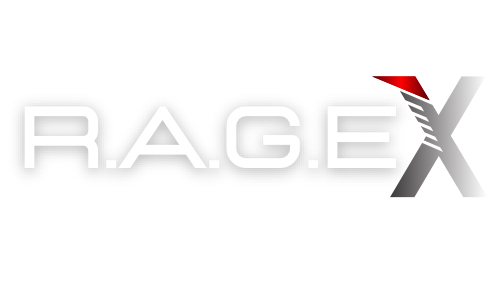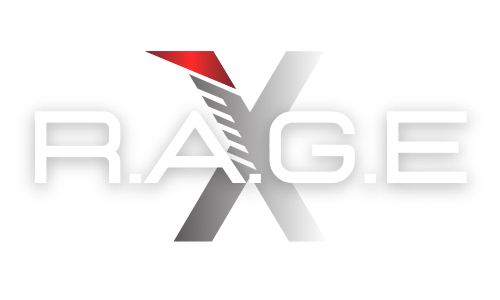Date: 2024-03-10
News Category: Global Security
Country: Global
Location: Worldwide
The realm of global nuclear armament remains a critical point of international tension and negotiation. With the end of the Cold War, the global community hoped for a decrease in nuclear arsenals. However, the current landscape reveals a complex interplay of disarmament efforts, modernization programs, and new entrants into the nuclear club. This report delves into the dynamics of global nuclear arsenals, examining the trends and strategies of nuclear-armed states and the implications for global security.

Global Nuclear Powers and Their Arsenals:

- Russia: Leads with approximately 5,580 warheads, with ongoing modernization reflecting its strategic military focus.
- United States: Holds about 5,044 warheads, balancing reduction efforts with modernization to maintain strategic deterrence.
- China: With an estimated 500 warheads, China is significantly expanding its nuclear capabilities, indicating a long-term strategic shift.
- Other Nuclear States:
- France (290)
- UK (225)
- Pakistan (170)
- India (156-170)
- Israel (90)
- North Korea (50)
Modernization vs. Disarmament:
While the total number of nuclear warheads has seen a global decline, key powers like the U.S. and Russia continue extensive modernization programs. This paradox underscores the complex nature of nuclear deterrence — the pursuit of peace through the threat of annihilation.
- Death toll from earthquake in Myanmar rises to at least 1,644, junta says
- xAI Acquires X in $45 Billion AI-Social Media Deal
China’s Rising Nuclear Capability:
China’s rapid expansion and modernization of its nuclear arsenal mark a significant shift. With projections suggesting further growth, China’s strategy impacts global nuclear balance and U.S.-China strategic relations.
The Challenge of Transparency and Treaties:
The variability in transparency among nuclear-armed states complicates disarmament efforts. Treaties like START and NPT play critical roles in managing arsenals and fostering dialogue, yet face challenges in adaptation and compliance.
Historical Insights:
The nuclear arms race, initiated in the mid-20th century, reached its zenith during the Cold War. Since then, treaties like SALT, START, and NPT have aimed to curb nuclear proliferation, with varying degrees of success.
The global nuclear arsenal’s landscape is a testament to the ongoing struggle between the desire for security and the pursuit of peace. As nations navigate modernization and disarmament, the international community must foster dialogue and cooperation to address the nuanced challenges of nuclear armament. The future of global security depends on balancing these often conflicting interests, aiming for a world where nuclear weapons are a subject of history, not a tool of war.










